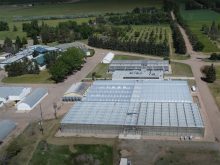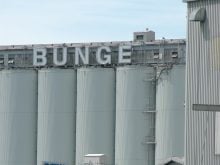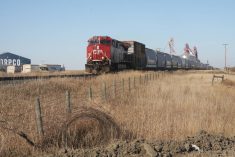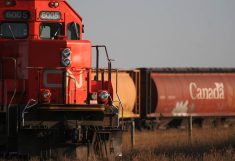WHEN Saskatchewan and Prince Edward Island complain that it is unfair for Ottawa to insist provinces pick up 40 percent of the cost of most farm support programs, they hang their complaint on “fiscal capacity.”
They argue that with large farm sectors and small population and tax bases, the 40 percent bill is a much larger burden for them than for other provinces.
“We think federal policy should treat all provinces equitably, and clearly an across-the-board 40 percent requirement hits some provinces harder than others and Saskatchewan hardest of all,” argues Saskatchewan assistant deputy agriculture minister Hal Cushon.
Read Also
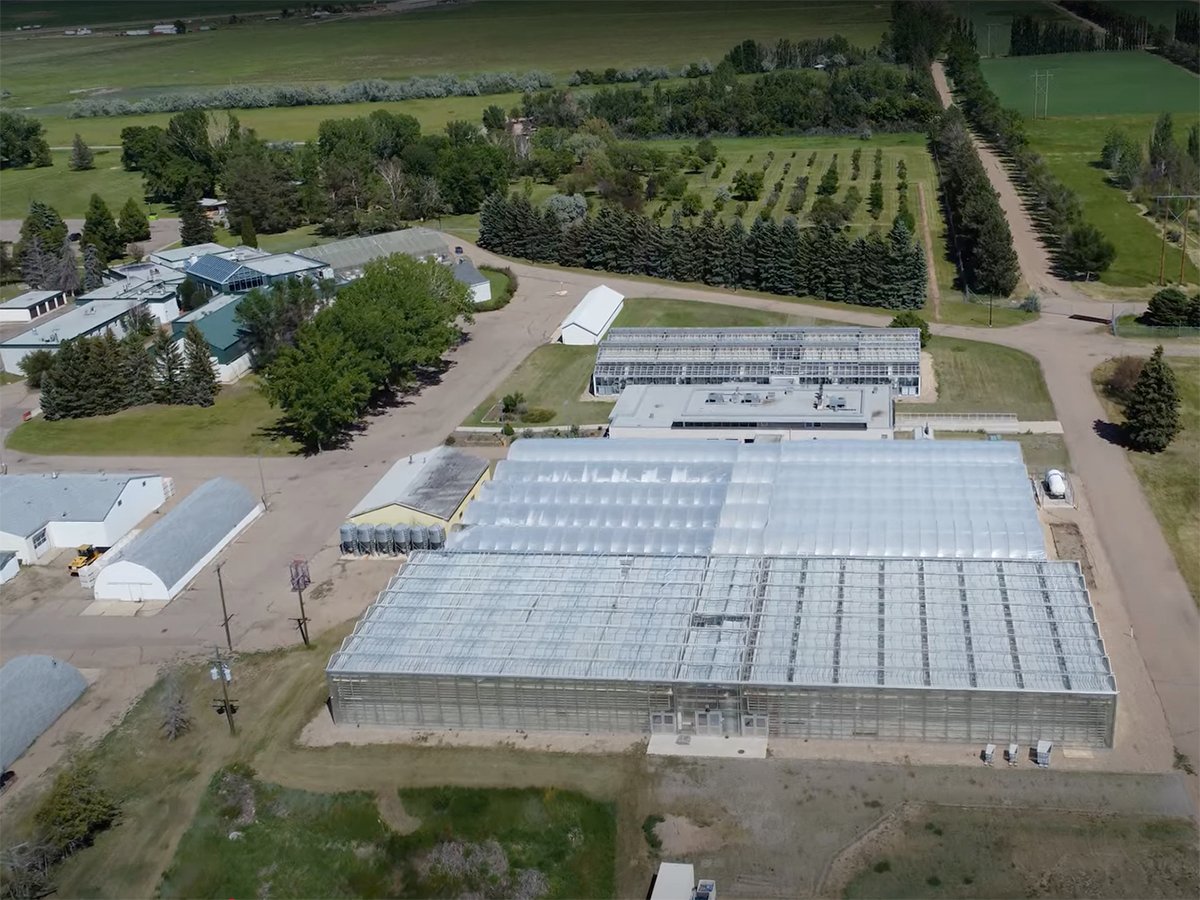
Alberta crop diversification centres receive funding
$5.2 million of provincial funding pumped into crop diversity research centres
“Relative to our fiscal capacity, we do more agriculture programming than any other government in Canada.”
Although it sometimes seems that farmers in Alberta receive more benefits from their oil-rich government than do farmers in Saskatchewan, federal numbers bear out Cushon’s argument.
Saskatchewan spends more to support farmers, relative to its population base, than any other province. P.E.I. is second. Alberta is well behind the leaders.
The Data Book, published each fall by Agriculture Canada, calculates total government spending in support of the agri-food sector, including direct payments, cost reductions for farmers and investment in research.
According to the 2003 Data Book, Saskatchewan planned to spend $372.86 on agriculture for each Saskatchewan resident in the 2003-04 fiscal year.
In P.E.I., the comparable number was $239.13 while in Alberta it was $170.55.
Ontario’s per capita spending was $30.66 and although Quebec’s $700 million in agricultural spending is the largest provincial total in Canada, its per capita commitment is $92.
Last year, the federal per capita spending was estimated at $89.


